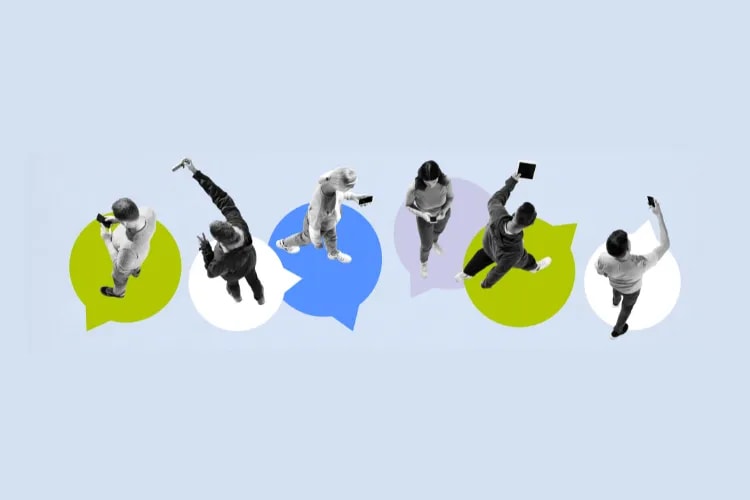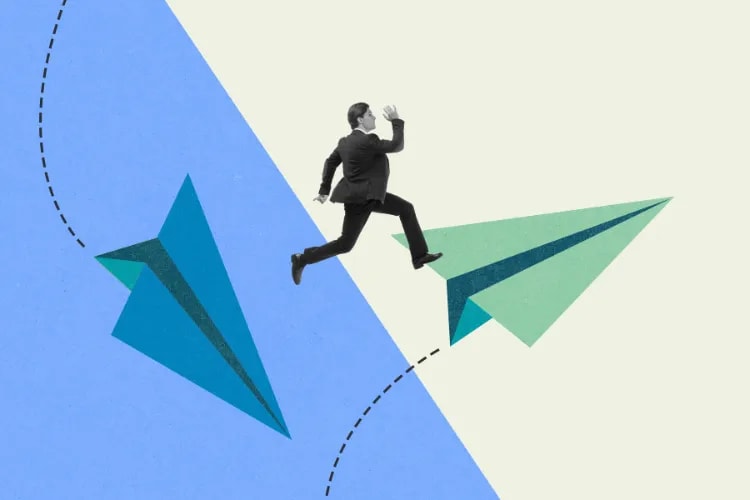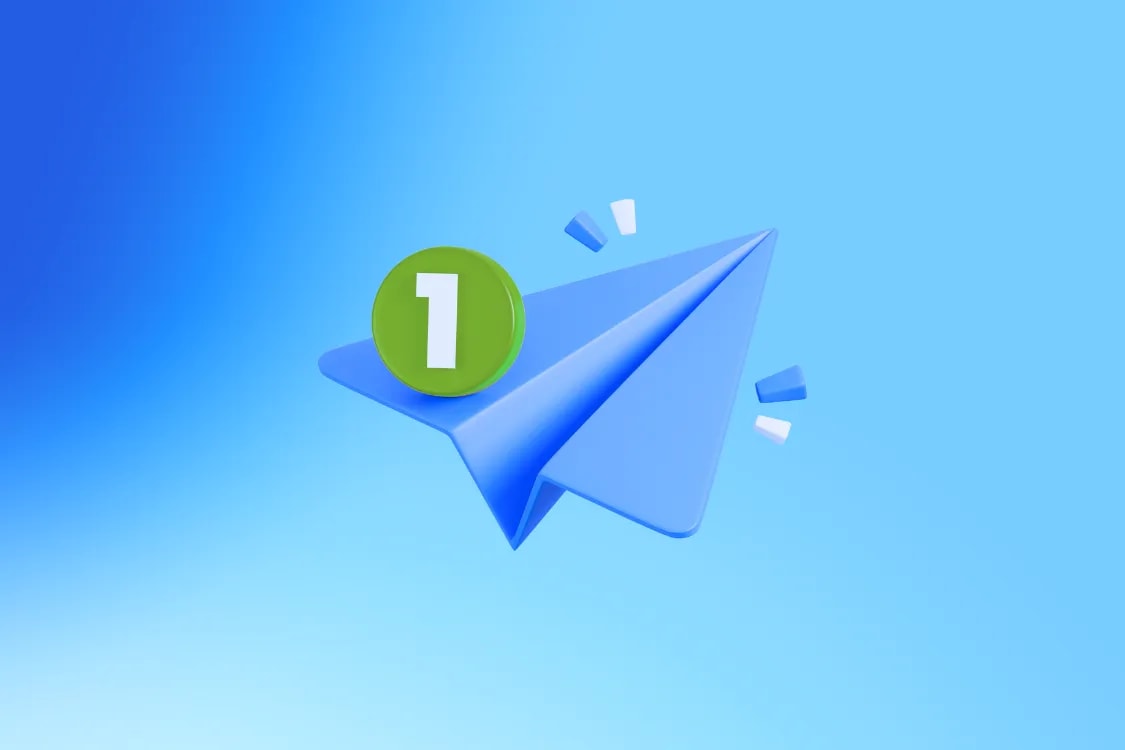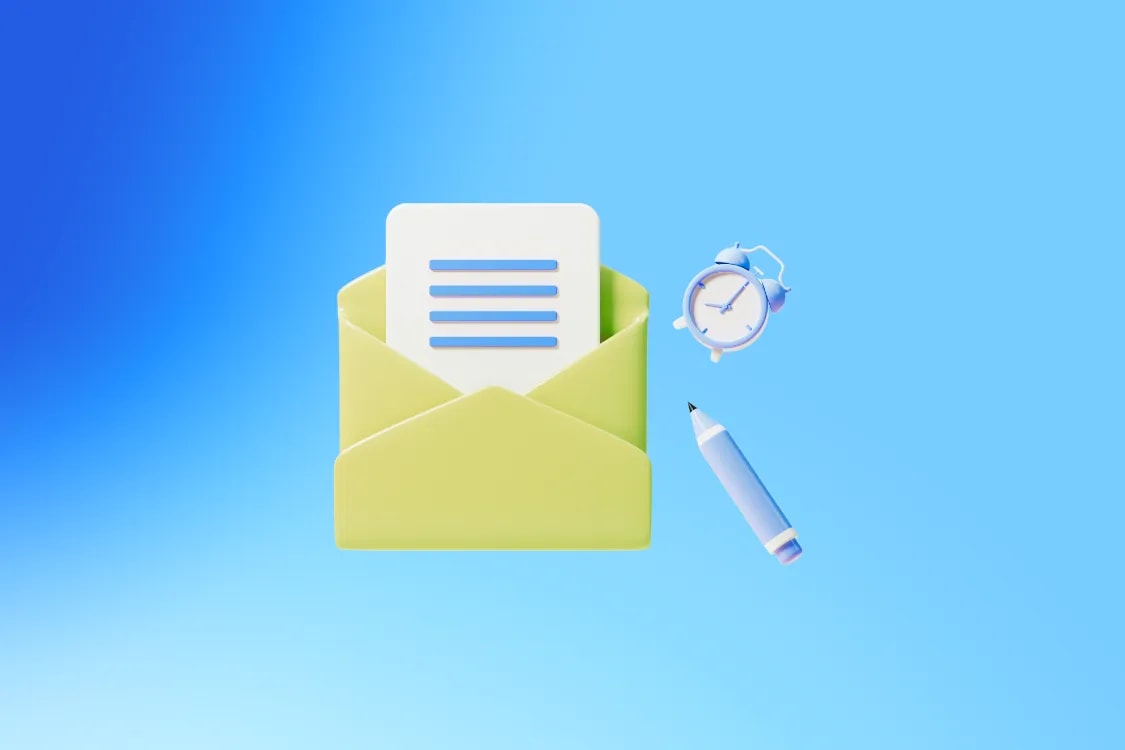
An event landing page is the single, focused web page designed to convert interest into action—usually a registration, ticket purchase, or RSVP. It’s your conversion engine, not a brochure. With attention spans shrinking and mobile traffic now the majority across most industries, treating your event landing page as a performance asset is no longer optional—it’s how modern teams hit their numbers.
Here’s the kicker: across large-scale benchmark studies, the median landing page conversion rate sits around 6.6%. That’s your baseline to beat. Email traffic typically converts best, while mobile traffic drives volume but often underperforms on conversion because of friction like slow load times and complex forms. The upshot? You can materially improve event outcomes by building a simple, fast, and audience-focused event landing page—and then iterating.
In this guide, you’ll learn the essential elements every high-performing event landing page should include, how to apply them with practical examples, and where to focus your optimization efforts to move the needle on registrations and attendance.
Clarity beats cleverness. In test after test, short, specific headlines perform better than wordplay. The best event landing page headlines communicate the value in a few simple words and let the subheadline expand the promise with who it’s for, what it is, and the essential outcome. Write for scanning at a 5th–7th grade reading level and front‑load the value.
Lead with the “why”: What’s the outcome or transformation attendees get?
The Loopyah Content Team shares expert insights, practical guides, and industry updates to help event organizers create unforgettable experiences and stay ahead in the event planning world.
marketing
Keep it short: 5–10 word headline + a one‑sentence subheadline.
Use common words: Avoid jargon unless it’s essential to your niche.
Make the subheadline do the heavy lifting: who it’s for, what to expect, and when/where if it’s a single‑day event.
Headline examples you can adapt:
“Grow your B2B pipeline in one day”
“The indie music showcase for emerging artists”
“Hands‑on AI workshop for product teams”
Then use a subheadline like: “Join 800+ marketers on May 14 in Austin for expert sessions, live demos, and roundtables—walk away with a 90‑day plan and actionable templates.”
If someone can’t understand your headline in three seconds, they won’t understand your event. Clarity creates confidence—and conversions.
After your headline and subheadline, present the essentials in a tight paragraph and scannable list. Put the 5Ws above the fold—what it is, who it’s for, when, where, and why it matters. Focus on attendee outcomes over features. People don’t buy a conference; they buy the skills, connections, and momentum it creates.
What: Clarify the format (conference, festival, workshop, showcase) and core theme.
Who: Define the audience and experience level (e.g., “for senior marketers and demand gen leaders”).
When/Where: Exact date(s), start/end time, timezone, and venue or virtual platform.
Why: Outcomes—what attendees will learn, do, or change after attending.
Keep the description to 80–150 words, then link to deeper details like the agenda and FAQs further down the page. If you syndicate your event to listings or calendars, keep a consistent, accurate description for discoverability.
Real photos and short videos of your attendees, speakers, and experiences build trust and help visitors picture themselves at your event. A 30–90 second teaser or explainer video near the top of the page can lift understanding and intent. Choose authentic visuals over overly polished stock; prioritize fast loading and accessibility (alt text, captions, transcripts).
Visual guidelines for your event landing page:
Hero image or video that showcases energy and scale; ensure it doesn’t bury your headline or CTA.
Speaker headshots that are consistent in lighting and background, with names and titles visible nearby.
Short, captioned clips for social proof (e.g., attendee testimonials).
If you need help capturing compelling visuals, explore our guide to event photography. It covers shot lists, lighting, and post‑production basics to elevate your creative.
Your primary CTA should be unmistakable from the moment the page loads. Use benefit‑oriented, intent‑matching copy (e.g., “Register now,” “Get my pass,” “Save my seat,” “Get early access”). Resist the urge to include multiple competing actions; one primary action per step reduces decision friction.
Copy that matches intent: “Register now,” “Get my ticket,” “Join the waitlist,” “Watch on demand.”
Placement: Primary CTA visible on entry; repeat after the speaker lineup, benefits, and pricing. Consider a sticky mobile CTA.
Design: High contrast button, clear size and states (hover, focus, disabled), ample whitespace, and logical proximity to proof.
If you offer tiers or early‑bird pricing, pair the CTA with a concise value reminder (“Save 20% until May 1”). Avoid secondary links near your main CTA like “Learn more” or “Contact us”—those belong below the fold or in the footer.
Register Now
Prospects weigh risk before they commit. Social proof—attendee testimonials, recognizable logos, press quotes, user‑generated content—reduces that risk by transferring trust. Be specific and authentic: include names, roles, companies, and concrete outcomes (“generated 23 qualified meetings,” “landed a label showcase,” “hired two engineers”).
Testimonials: Real people, clear outcomes, and permission to use names and headshots.
Logos: Present past sponsors, partners, and notable attendees; group by tier and avoid over‑stuffing.
UGC: Curate posts from your event hashtag; embed a few posts that capture the vibe and value.
Attendees prioritize expert content and practical outcomes. Lead with authority by showcasing headliners with credentials and make it effortless to understand what each session delivers. A clear agenda with session formats and learning outcomes boosts perceived value and speeds decisions.
Speaker cards: Headshot, name, title/company, one‑line bio or credential, and links to LinkedIn or portfolio if relevant.
Agenda modules: Tracks, session titles, times, locations, and “what you’ll learn” bullet points per session.
Formats: Flag workshops, roundtables, office hours, and networking to help visitors plan and see the utility.
Do not make visitors hunt for logistics. Surface date, time, location, price, and support contact near the top of your event landing page. If it’s in‑person, embed a lightweight map and parking info. If it’s hybrid or virtual, state the platform, access instructions, and time‑zone clearly.
Essentials above the fold: Date, time, timezone, venue (with address), price or “Free,” and a support link.
Map and directions: Embed a fast map, link to directions, and add parking and transit notes.
Add to calendar: One‑click ICS/Google/Outlook options to reduce no‑shows.
Tip: Keep your event structured data accurate and consistent across date/time/location elements to improve discoverability and rich results.
If you want an all‑in‑one toolkit for building, promoting, and tracking your event page, explore Loopyah’s event software. It’s built for speed, conversions, and promoter workflows.
Most visitors will first meet your event on a phone, yet mobile often converts worse than desktop due to friction: heavy media, long forms, and fiddly interactions. Design mobile‑first and performance‑first. Make the path to action short, obvious, and thumb‑friendly.
Performance: Compress hero media, lazy‑load below‑the‑fold assets, and reduce JavaScript weight. Aim for a fast Largest Contentful Paint (LCP).
Interaction: Large tap targets, clear button states, sticky bottom CTA, and avoid intrusive pop‑ups.
Forms: Ask only what you need now; consider autofill, passkeys, or wallet payments to speed checkout.
Mobile conversions improve when you simplify forms and keep the primary CTA in reach. If you’re driving heavy paid traffic, prioritize mobile speed budgets and error‑proof form validation.
To round out your funnel and drive qualified traffic to your page, pair this with a thoughtful event email marketing strategy so your highest‑intent audience gets a direct, high‑converting path to register.
Instrument before you iterate. Define success events, implement analytics, and test deliberately. Track the journey from page view to registration, and monitor which traffic sources and page sections contribute most to conversion.
Key events: view_item (landing page view), select_promotion (hero CTA click), begin_checkout/register_intent, add_payment_info (if ticketed), purchase/form_submit (final conversion). Mark conversion as a key event.
UTM discipline: Use consistent source/medium/campaign parameters so you can compare performance across email, social, ads, and affiliates.
A/B tests: Headline clarity vs. specificity, CTA copy/placement, form length/steps, hero image vs. video, social proof density, and pricing display.
Set a baseline, make one significant change at a time, and give tests enough traffic to reach confidence. Tie learnings back to your broader event marketing plan so you consistently compound wins across channels.
Let’s look at a few live examples that balance clarity, social proof, and decisive CTAs.
Salesforce’s Dreamforce landing experience showcases clear dates and location, a simple but strong “Register now” CTA, and transparent pass comparisons with FAQs that address objections. Social proof is woven in via speaker credibility and brand recognition.
Explore it here: Dreamforce 2025 | Salesforce.
Google I/O keeps the hero ultra‑minimal, with the primary action framed as a single pathway (“Watch and explore”). Key event details are easy to scan, and learning value is surfaced through tracks, pathways, and on‑demand content.
Learn from it here: About Google I/O 2025.
Web Summit’s landing experience leans into heavyweight social proof and repeated, context‑aware CTAs. Speaker density, press quotes, and logos amplify perceived value while persistent CTAs lower the effort to act. Consider this approach if your event has a large ecosystem and media momentum.
As you study these pages, note the common thread: simple promise, essential details, authoritative proof, and unmistakable CTAs—all presented fast, especially on mobile.
The highest‑converting event landing pages aren’t flashy; they’re focused. Lead with a clear promise, follow with essential details and benefits, show compelling visuals, make the CTA impossible to miss, highlight credible speakers and a clear agenda, add authentic social proof, optimize for mobile performance, and instrument your analytics so you can iterate with confidence.
Clear headline + value‑forward subheadline written for scanning
Concise description with the 5Ws and the “why attend” above the fold
Authentic visuals—especially short, captioned video and real photos
Unmistakable CTA copy and placement tailored to visitor intent
Speaker credibility and agenda outcomes that reinforce value
Specific, compliant social proof to reduce risk and boost trust
Logistics that are instantly scannable with maps and calendar adds
Mobile‑first performance, simplified forms, and sticky CTAs
Analytics + A/B testing to continuously improve against your benchmark
Ready to put this into practice? Loopyah helps you build fast, conversion‑ready event pages, manage promoters, segment email campaigns, and track performance end‑to‑end—so you can spend less time wrestling tools and more time growing attendance.
Want a deeper feature overview before you start? Explore everything that’s included in Loopyah’s event software, from registration and seating to email tools and real‑time analytics.

marketing









selling
marketing
marketing
selling
growth
marketing
selling
marketing
marketing